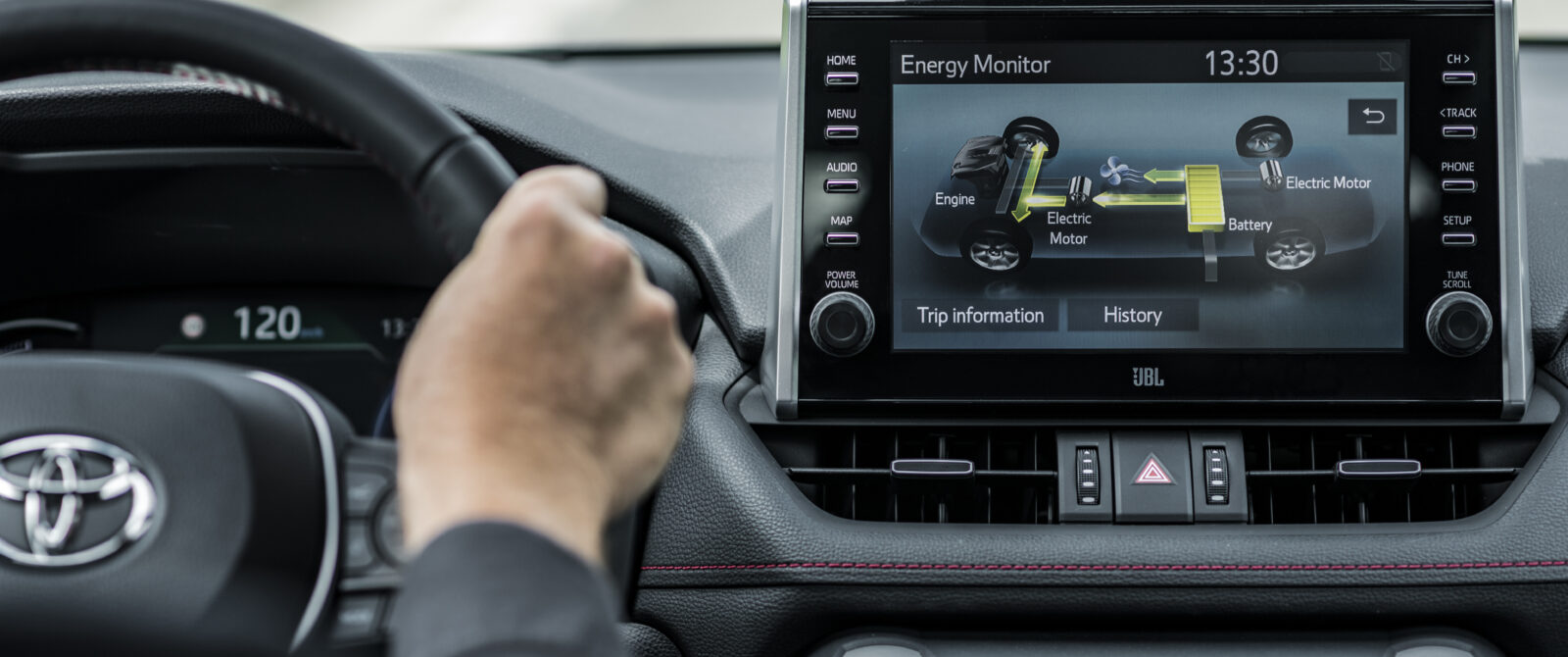Electric or hybrid – which solution is best
An electric vehicle is the most sensible and economical option in both the short and long terms. But hybrids could be a stepping stone to shifting the paradigm.
Even the most conservative drivers seem to be in less and less doubt that the future of the auto industry involves electrification. That sooner or later — everything points towards 2035, at least in European Union member states — sales of new fossil fuel-powered vehicles will be banned, and only completely emission-free vehicles will be sold. The question is therefore no longer whether it is worth buying an electric vehicle but whether it still makes sense to buy a hybrid. Indeed, hybrids will be affected by the rules which will come into force in 13 years’ time. Why? Because the only vehicles with zero emissions are those which are fully electric. Hybrids marry an electric motor with an internal combustion engine, and therefore use fossil fuels. And so they pollute — albeit less, providing they are driven with some “care”.
We should nevertheless point out that there is more than a decade to go before these standards are enforced. Anyone buying a hybrid now can have a car for life.
In addition, they can be a good solution for drivers who are not yet fully convinced by the features of electric vehicles, or those who are aware of the advantages but don’t yet have the ideal conditions for charging — note that fully charging a vehicle battery at home, during the night, is beneficial in cost terms, no matter how developed the public charging network is.
DECO (Associação de Defesa do Consumidor) [Association for Consumer Protection] crunched the numbers and concluded that hybrids are a good option in terms of costs, providing that drivers make full use of their features and associated technologies. They cite the specific example of plug-in hybrids — hybrids whose electric motor can be charged from the grid. “If used correctly, with the battery charged regularly and driven in 100% electric mode, drivers of plug-in hybrids can make significant savings both while driving electric and with the engines operating simultaneously. But it is essential that the battery is regularly charged and maximum advantage is taken of the regeneration period. Otherwise consumption shoots up to levels way above that for an identical car with an internal combustion engine.” The association also concludes that “when calculated, the cost of using and owning a petrol plug-in hybrid is almost as good as an electric car.”
What is in no doubt — and environmental issues aside — is that both are economically more advantageous than a vehicle with an internal combustion engine.
The different types of hybrid
HEV
This is the so-called conventional or full-hybrid. It comprises an electric motor and a conventional one. The electric motor is only charged when the combustion one is working, and cannot be charged up from an external source, i.e. the electric grid. The main function of the electric motor is to back up the traditional engine, thereby lowering fuel consumption and consequently polluting emissions.
MHVE
Mild-hybrid. Also known as a micro-hybrid because the electric motor (usually 48 volts) takes up significantly less space and is much less powerful than other hybrid technologies. The main aim is to provide back-up and power to auxiliary electric systems, such as power steering, air conditioning, window regulators and safety systems. It’s a kind of gateway into the world of hybrids.
PHEV
This is a plug-in hybrid. Just like a conventional hybrid, it is also equipped with an electric motor and a combustion engine, the difference being that the electric motor can be charged via a plug — like a 100% electric vehicle. The other major difference is that the electric motor can operate autonomously, providing the battery is charged. Several models are autonomous for over 50 kilometres, which is much further than most drivers cover in a day. If the battery runs out, it’s not a problem, as that’s when the combustion engine springs into action.











